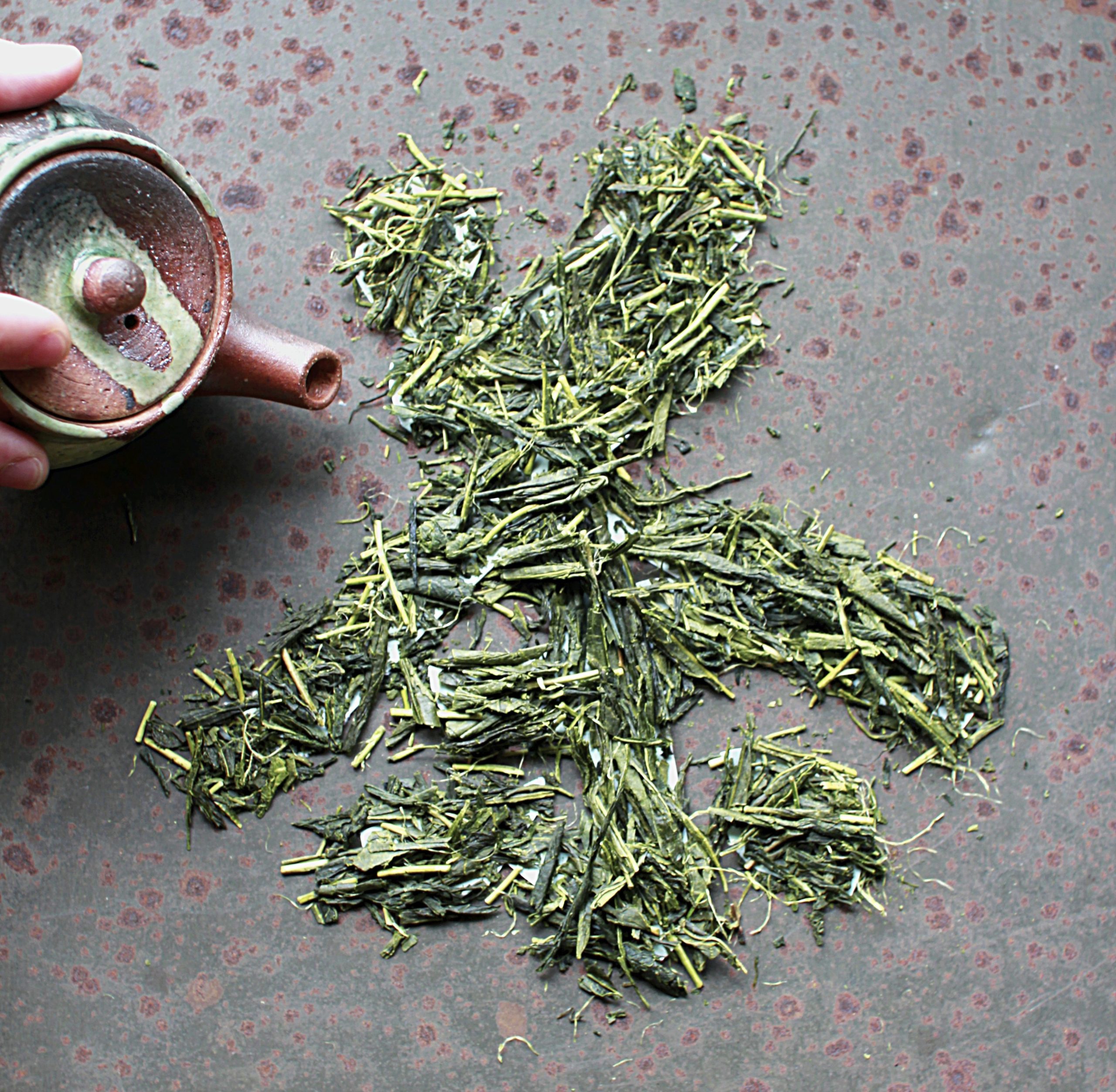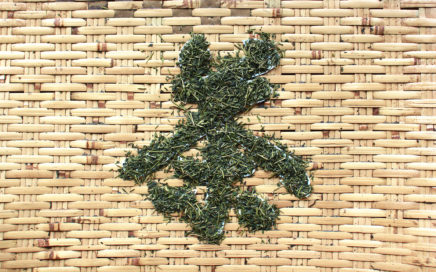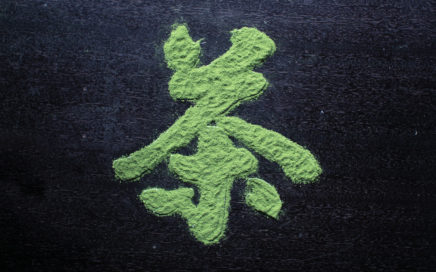
What’s in a Name? Part III: Bancha & Hojicha
Are you ready for part 3?! Here come bancha and hojicha! Bancha 番茶 The character for ban includes the characters for rice and field, and refers to a turn or a number in a series. Bancha is usually translated as coarse or common tea, and is made from mature leaves picked in between the four main harvests […]


